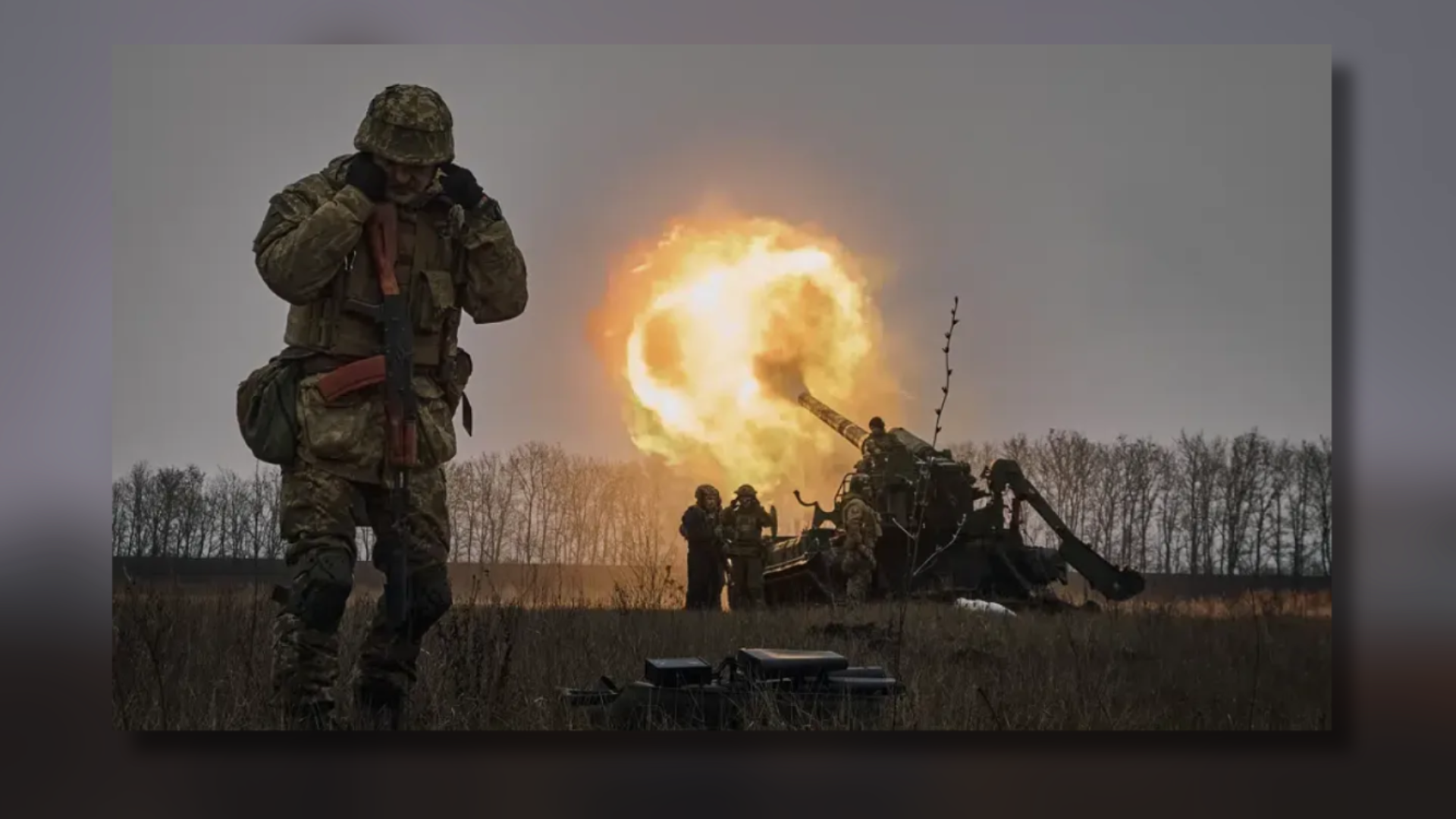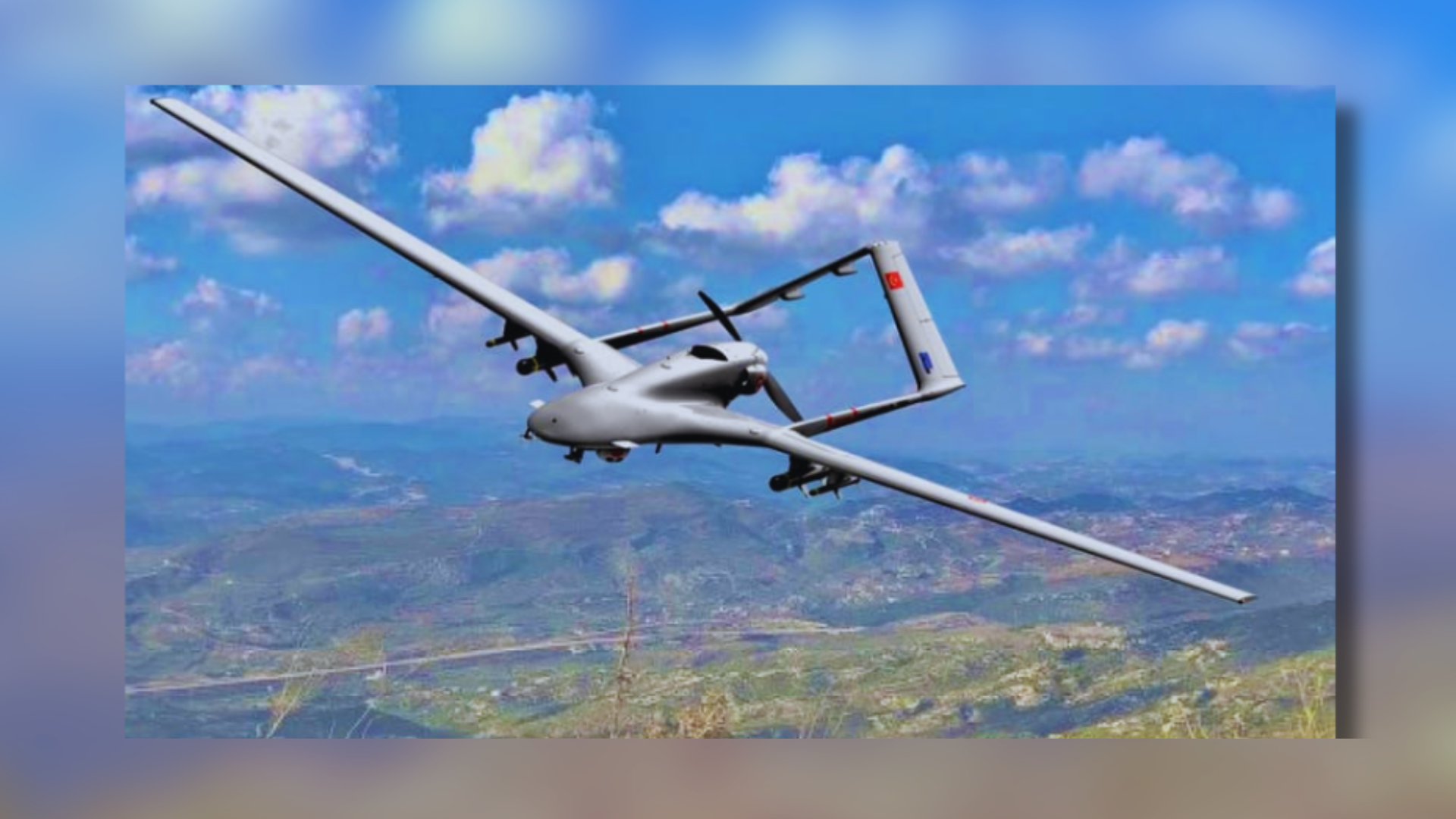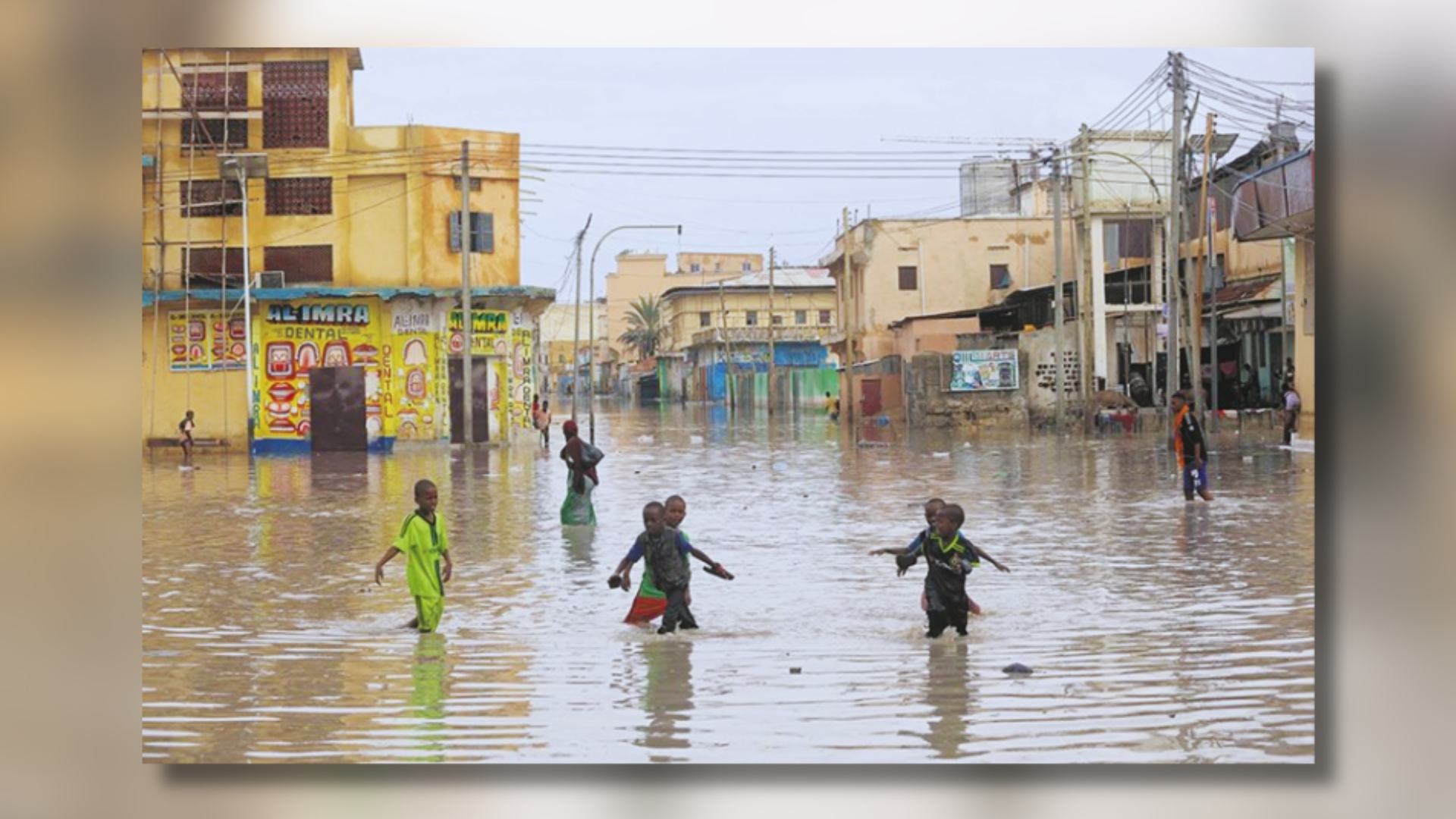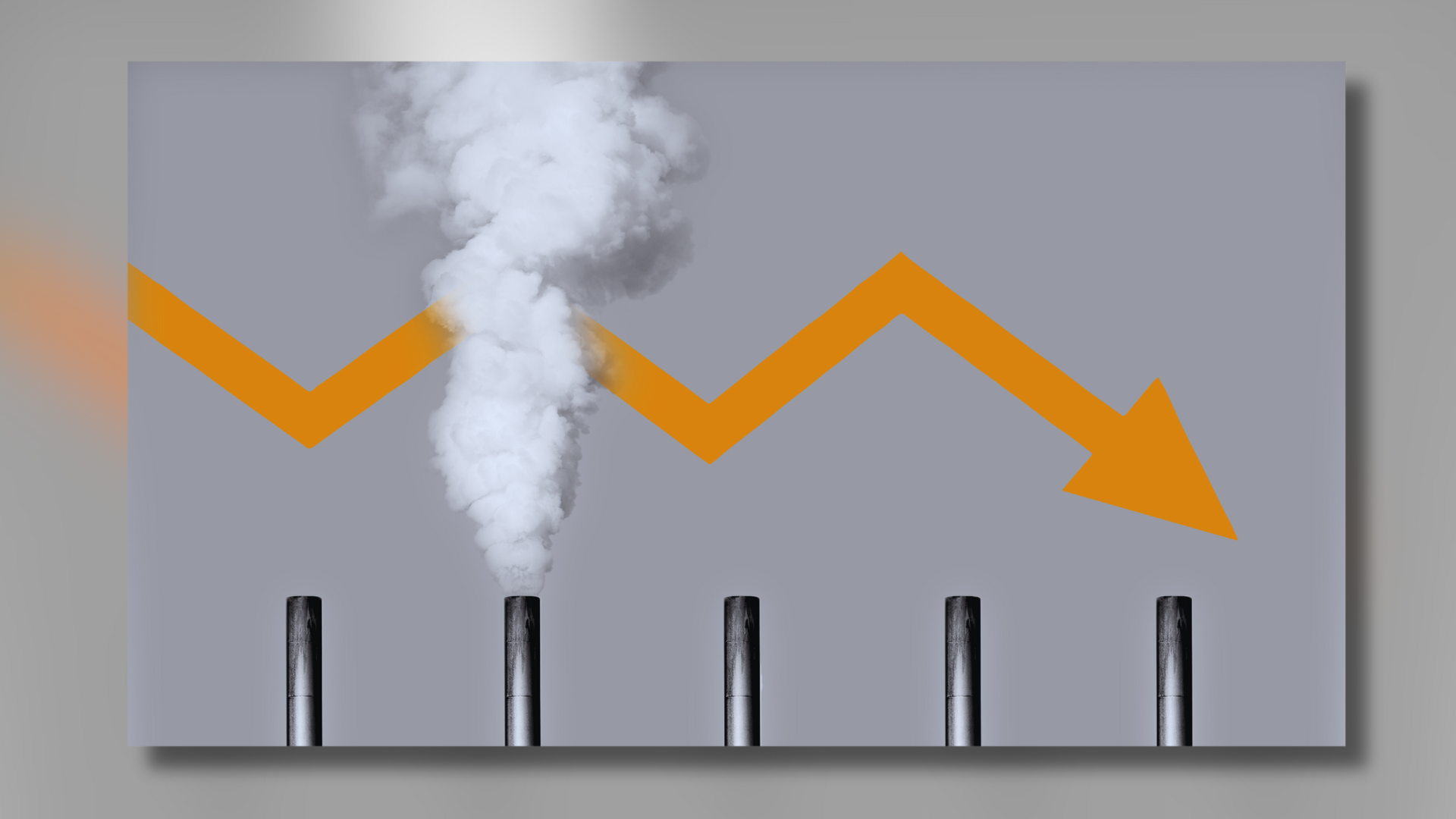


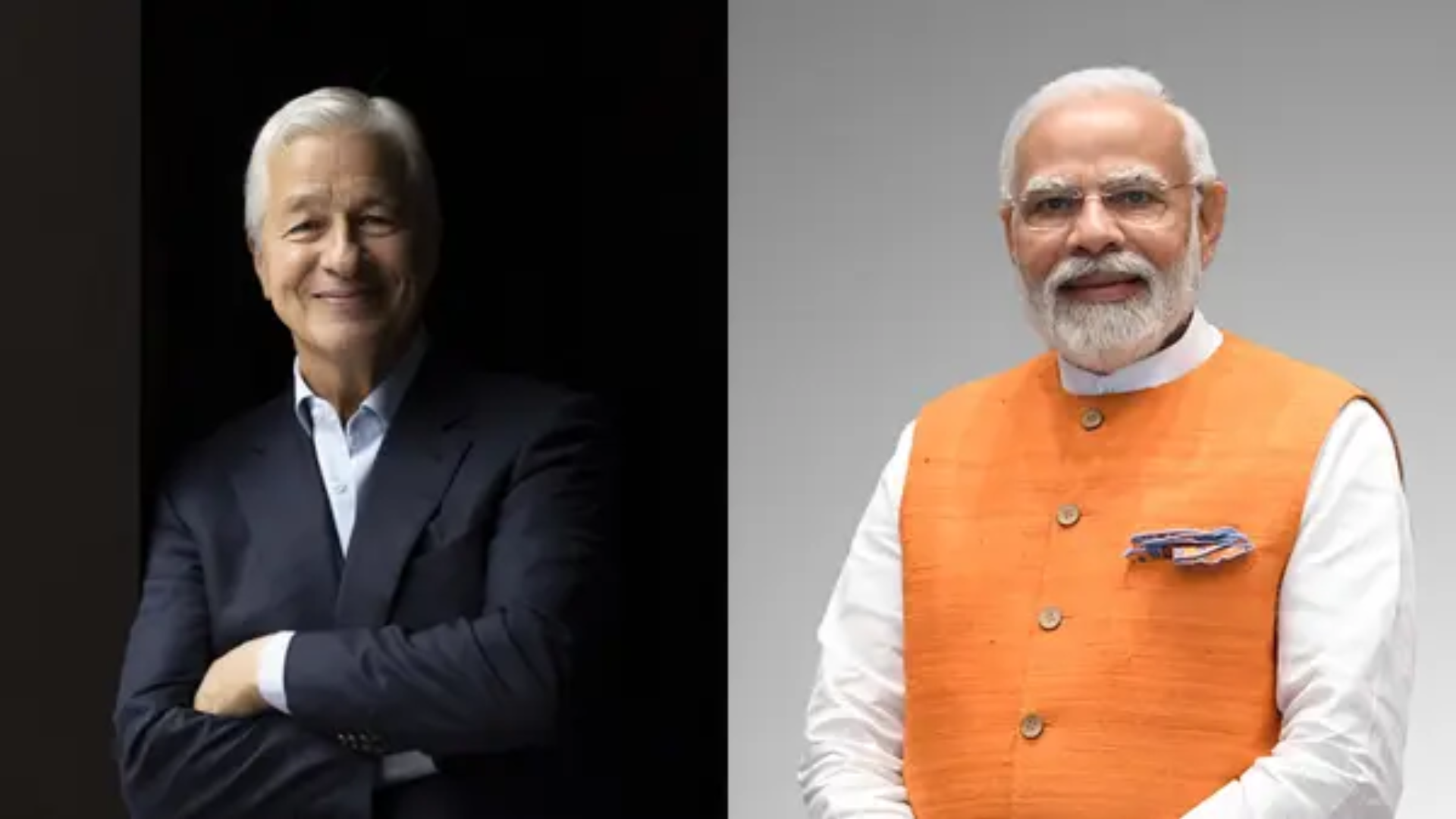

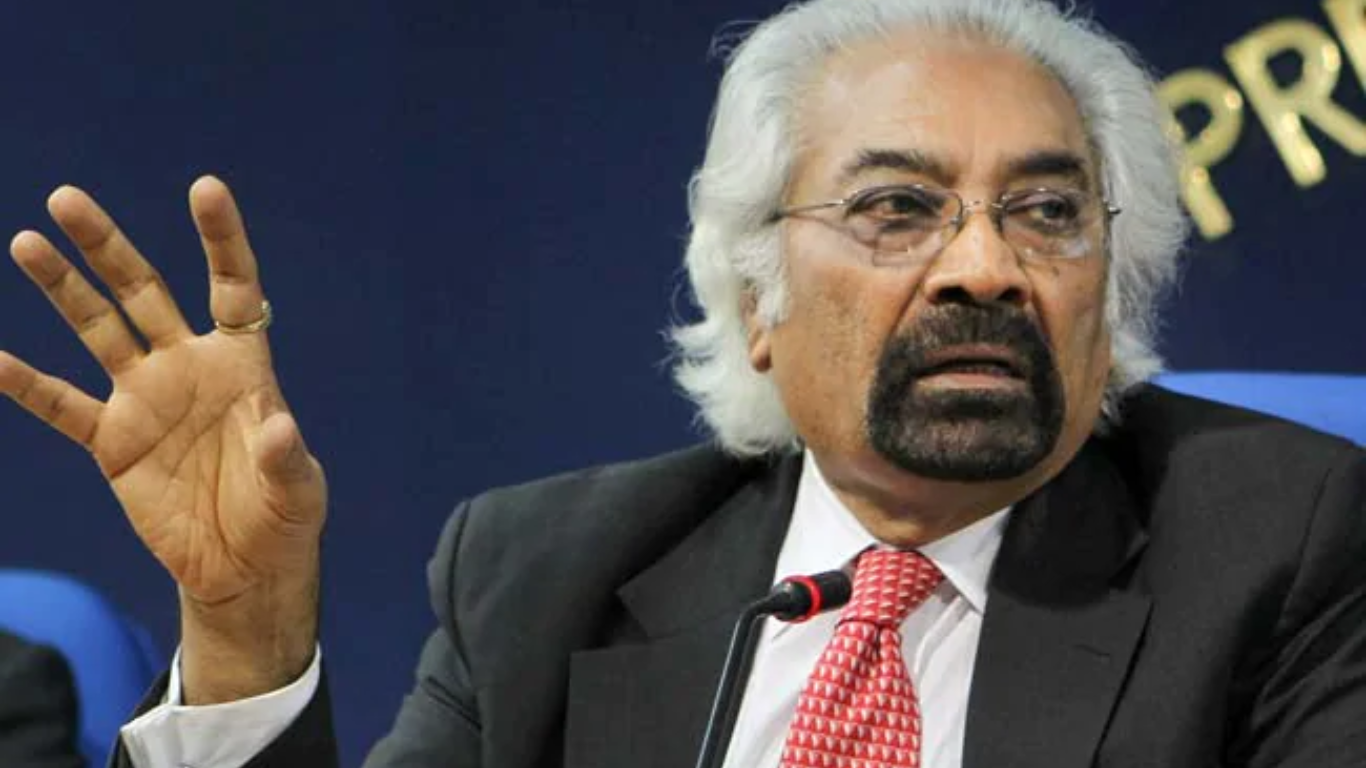


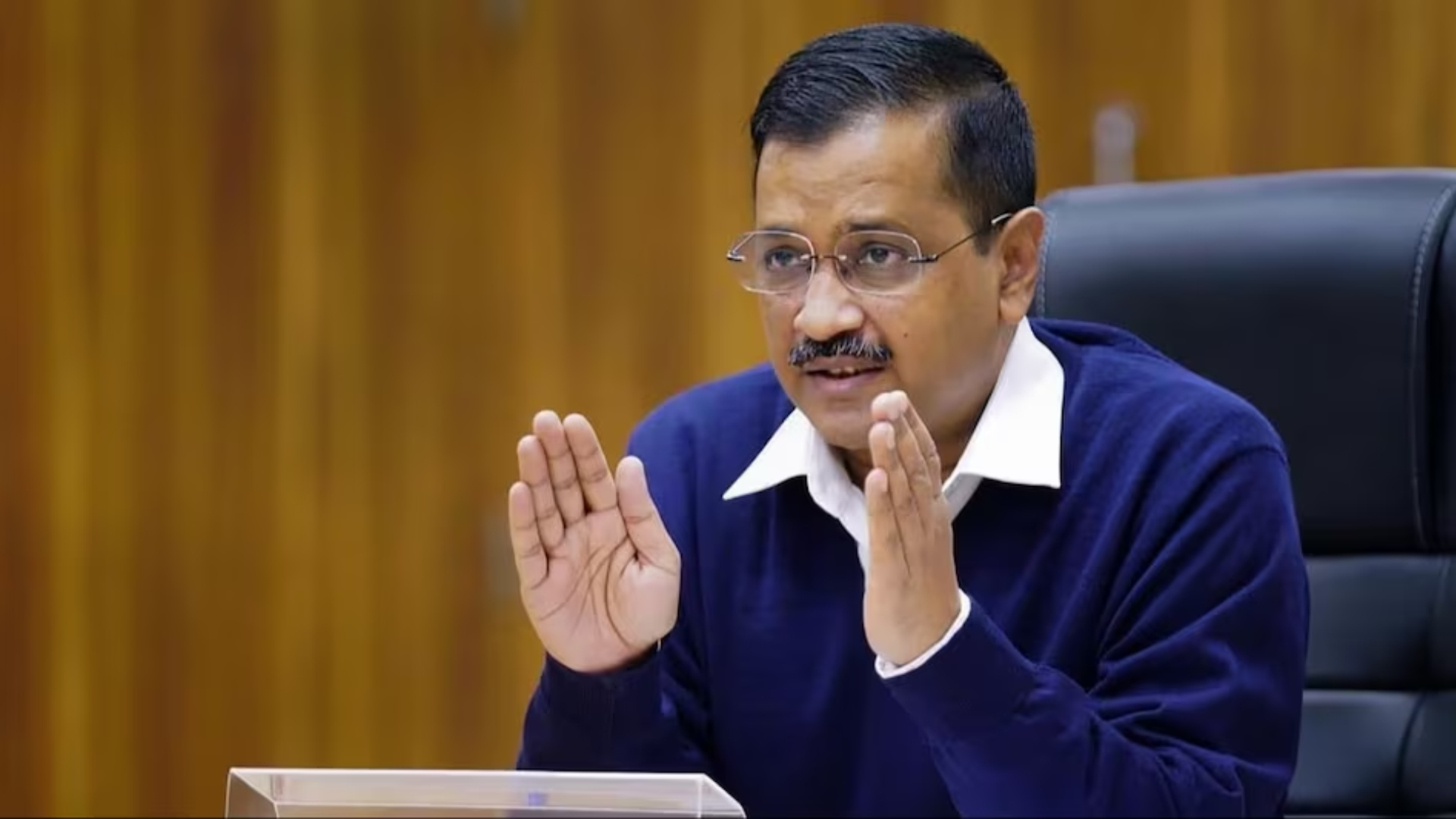
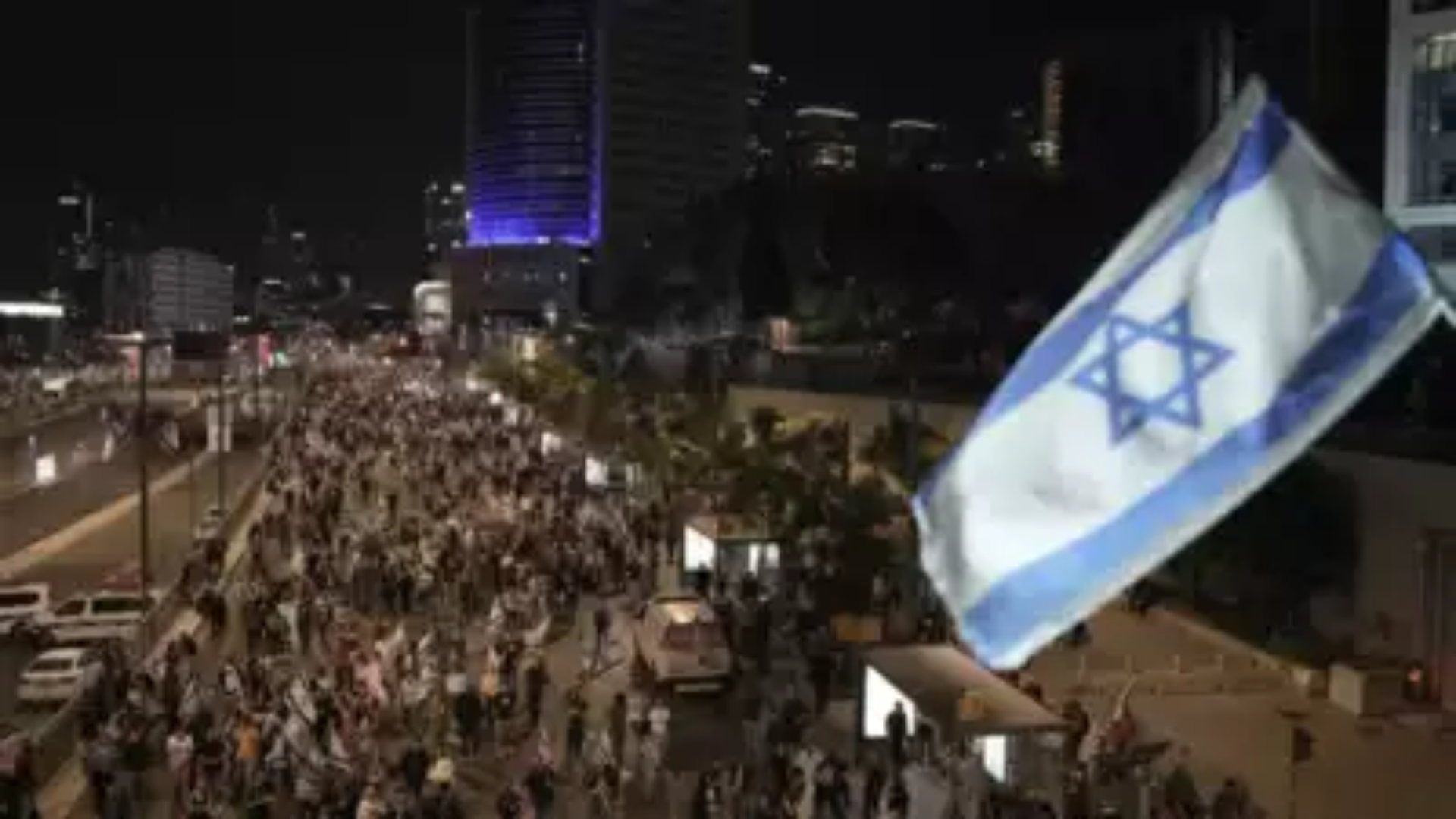
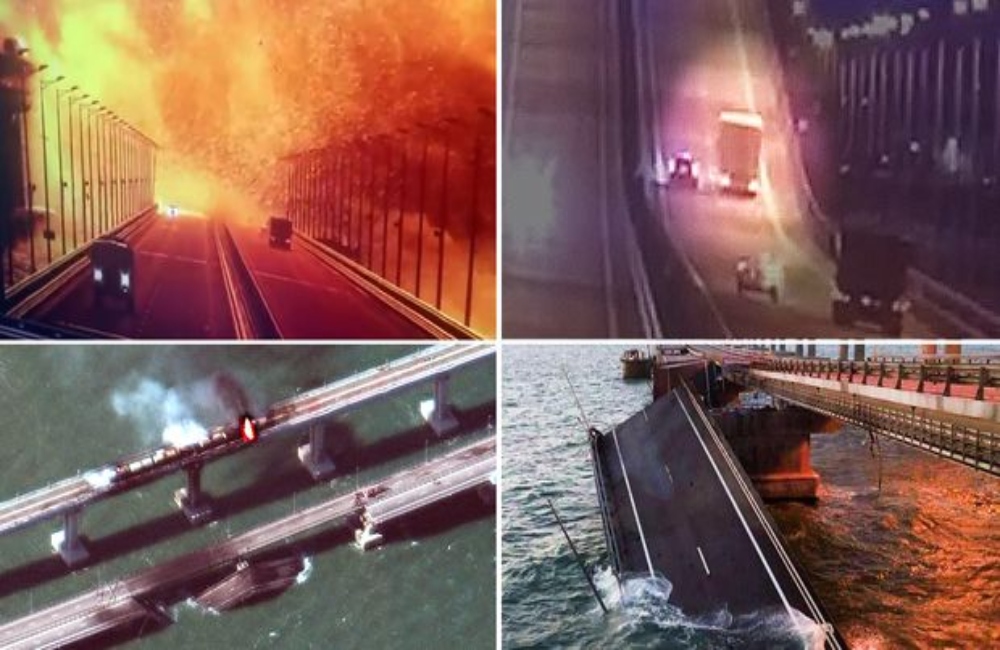
The attack on the Kerch Strait Bridge has shown that Russia is not impervious to attack anywhere in Ukraine.
The longest bridge in Europe at 19 km (12 miles), this icon of Russian pride and engineering was seriously destroyed by what Russia claimed was a truck bomb from Ukraine despite strict security, cutting-edge defences, and grave warnings of vengeance if targeted.
No simple objective
The bridge is crucial to the war effort and has thus been an apparent target for Ukrainian military strategists. It serves as a critical supply and logistical corridor for both Russian soldiers in southern Ukraine and Crimea.
There were few effective means for Ukraine to attack it; either its weaponry lacked the range or were too weak to really harm the $3.6 billion steel and concrete bridge.
Theoretically, the Ukrainian air force could have struck the bridge, but they would have had to contend with Russian S-300 and, worse still, the newest S-400 air defence missile systems. Ukrainian TB2 drones would perform as poorly. Their modest armament is more suited to demolishing command posts and vehicles than reinforced concrete blocks.
To supplement the already-installed air defence batteries, Russian defences were strengthened around the bridge. Barges adorned with radar reflectors were moored in front of it, looking out, as if they were expecting missile strikes from the air or the sea.
In an effort to fool any approaching missiles from the water, they are made to provide a fake radar profile of the bridge.
The ability of dense smoke to conceal the bridge’s design and the radar and infrared profiles that certain modern cruise missiles and precision-guided weapons employ to detect the bridge has also been tested.
These advancements, together with intensive patrolling by special soldiers, combat air patrols, the availability of attack helicopters nearby, and the potential for electronic warfare units in the area, all contributed to a robust defence to one of the highest-value targets of the fight.
It was quite difficult to get through all of these barriers with anything powerful enough to destroy the gigantic construction.
However, a significant explosion on Saturday badly damaged the rail line and destroyed a portion of the road bridge. Even though repairs started nearly immediately, the effect on Russia’s military effort and psychological state was significant.
Crimea serves as the main conduit for the logistics feeding Russia’s southern front, which is centred on the city of Kherson. The destruction of this crucial conduit will have a significant effect on the Russian soldiers, who are already under pressure from a Ukrainian counteroffensive.
It has been a major propaganda boost for the Ukrainian people while coming as a shock to Russian citizens who are already feeling the effects of a recently planned army mobilisation.
President Vladimir Putin has suffered significant harm. He personally crossed the strait in a truck in 2018 to officially launch the Crimea bridge. The bridge was constructed by a close friend and ally, and the attack, which occurred the day after Putin turned 70, has led many Russians to publicly question his ability to effectively manage the conflict.
change in partisan
Following the assault, Russia increased security on the bridge and delegated it to the FSB, its internal security agency. Other crucial infrastructure, such petroleum storage facilities and marshalling yards, also had their security reinforced.
In-depth security investigations into the truck driver’s past and the path he took before jumping the bridge have so far turned up very little information that has been made public. Partisan activity in the region controlled by Russia is nevertheless increasing despite these attempts.
Since the beginning of the invasion, local leaders thought to be working with Moscow have been assassinated by Ukrainian troops battling Russian forces in territory they have captured.
As these organisations have begun to collaborate with Ukraine’s military command, isolated strikes have becoming more successful. Attacks that formerly were sporadic are now being planned and intentional as part of a larger strategy.
Ukrainian special operations personnel are advising, training, and arming guerrilla organisations, teaching them how to use secret communications, hit-and-run tactics, and sabotage to destroy the enemy while remaining undetected in the community.
Now, the training is beginning to pay off. Since what Russia claimed to be the takeover of four Ukrainian areas in September, partisan violence have increased. Inside Kherson, partisan activity has also taken on a surveillance function with spotters keeping an eye on the activities of Russian security and military personnel. The Ukrainian military then receives the intelligence.
Five FSB officers and two senior Russian military officials were murdered in one attack last week on a hotel in the city of Kherson, according to sources in the Ukrainian media.
Not just in Kherson do partisans operate. Resistance cells have reportedly been active in the town of Nova Kakhovka as well as Melitopol, a significant railroad hub.
The town is significant for a number of factors. It is situated near the mouth of the North Crimean Canal, which is crucial for delivering freshwater to 85% of Crimea, and adjacent to a dam on the Dnieper River. After the peninsula was forcibly annexed by Russia in 2014, this waterway was blocked by Ukraine; its restoration was a key military objective for Russia.
The southern front and Putin
While considerable Ukrainian gains have been gained in the eastern cities of Donetsk and Luhansk, the southern front depends on a Russian tactical situation that is getting worse by the hour. On the other bank of the Dnieper River, more than 20,000 Russian soldiers had become stuck.
Villages and towns on the northern and western edges have been rapidly slipping into Ukrainian hands as a result of a Ukrainian counteroffensive that has been slowly dissolving this Russian enclave. In contrast to the panicked rush for shelter seen in Donetsk, where Russian forces completely abandoned their positions, Russia’s cautious retreat has been planned.
The Russian forces have been concentrating on fortifying their defensive positions and making sure they always have a fortified area to retreat to if the battle does not go their way due to the wide river at their backs with few, if any, crossings as well as the stiffening of penalties for desertion and unauthorised retreat.
The combat is fierce, and while Russian forces of that magnitude might be able to subsist on the land and the local populace for a while, they require supplies from logistical facilities across the river for ammunition and replacement weapons. That supply chain has now been significantly damaged by the attack on the Kerch Strait Bridge, worsening an already dire situation.
Long-range Ukrainian fire has targeted and destroyed the majority of the Dnieper bridges. Supply helicopters trying to reach the Russian enclave have come under assault, and supplies-filled ships have sunk.
pressure from both inside and outside
In reaction, Putin organised airstrikes against Ukraine locations, including Kyiv, labelling the bombing on the bridge a “terrorist crime.”
However, the bombing of the bridge will inspire guerrilla and resistance organisations in occupied areas, and assaults are expected to become more frequent and extensive. As a result of Russia’s overreliance on rail transportation, Ukraine’s strategy of attacking its adversary’s stretched supply lines has yielded real rewards.
For a Russian military that will have to shift desperately needed men to secure these places, pressure from these organisations will increase and may eventually amount to much more than just a minor annoyance. The likelihood of Russian retaliation is high, especially if the guerrillas are successful.
The declaration of force mobilisation has stoked resistance within Russia, which was initially made aware of Russian failures by the sinking of the powerful cruiser Moskva. Now, pro-Putin and pro-military Russian bloggers are openly enraged, both over Russia’s defeat in Donetsk and the successful attack on a Russian status symbol like the Kerch Strait Bridge.
Putin has gone through several generals, removing anyone he believes is not doing his part. But the president, who is becoming more and more alone and is quickly running out of people to blame, is at the centre of this tragic confrontation.
He may soon be the target of furious Russian lawmakers’ ire over the invasion of Ukraine’s quickly growing failures.


